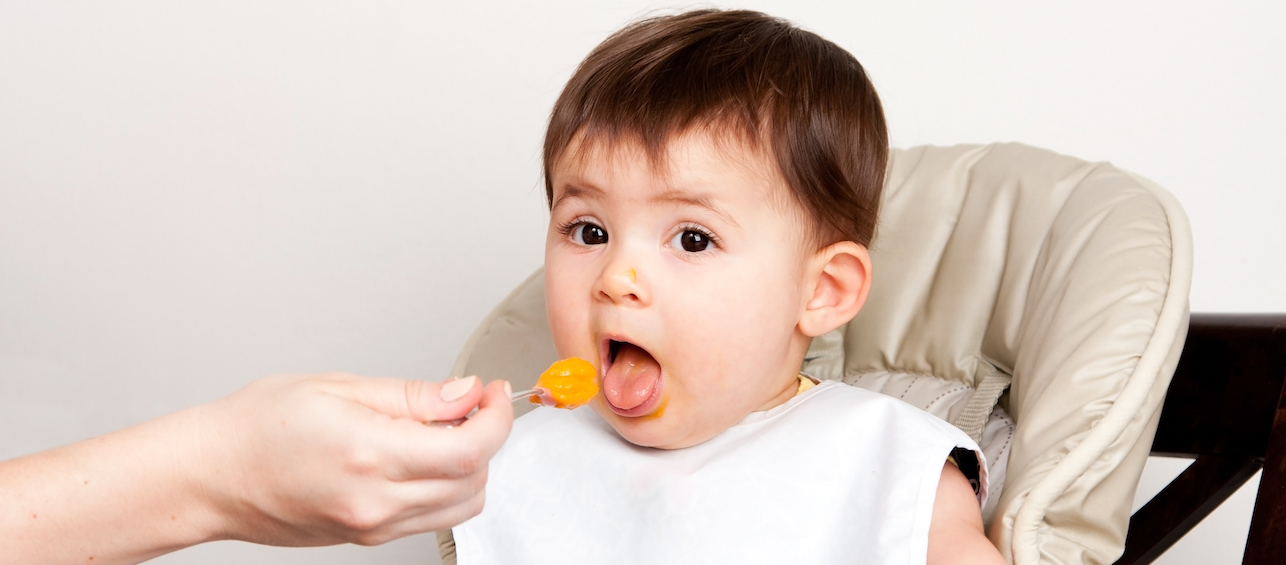One of the most frequent questions I get asked in clinic is “how much food should my child eat at each meal?”
Portion control is a great topic to talk to your pediatrician about, and establishing healthy portion sizes early on is much easier than undoing poor portion control later in life.
Portion sizes can be defined by measurement, like 1 cup, or relative amount, like the size of a baseball. The tricky part about portion sizes is that just when you think you’ve gotten the hang of portion sizes for foods like fruits and vegetables, meats and grains, your child gets older and it changes again.
But there is an easier way to dole out healthy-sized portions, and the measuring tool travels with your child everywhere he goes.
It’s her hand, and it’s perfect for measuring food. It gets bigger as your child gets older, and it grows in proportion with how much more food your child needs.
So here’s how you put it all together, regardless of your child’s age:
- Unhealthy fats (like mayonnaise and butter): 1 serving = the size of your child’s thumb tip (knuckle and above)

I recommended teaching portion control to your children as early as possible, and the hand method is one of the simplest and most convenient ways to implement it.
In addition to the hand method, families can help reduce their portion sizes by letting go of the “clean plate club” membership. It’s an outdated concept and can definitely contribute to overconsumption of food. I also encourage families to eat off of smaller plates. Children-sized plates should measure 7 inches in diameter, and adult plates should be 9 inches. Eating off of smaller plates can make children feel like they’re eating more food because the amount of food looks larger in proportion to the plate.
In the end, it’s all about balance, and portion control can help children eat the right amount of food for the energy that they expend. Choosemyplate.gov is a fantastic resource for learning how to build a healthier plate.










Great blog post Jill!!